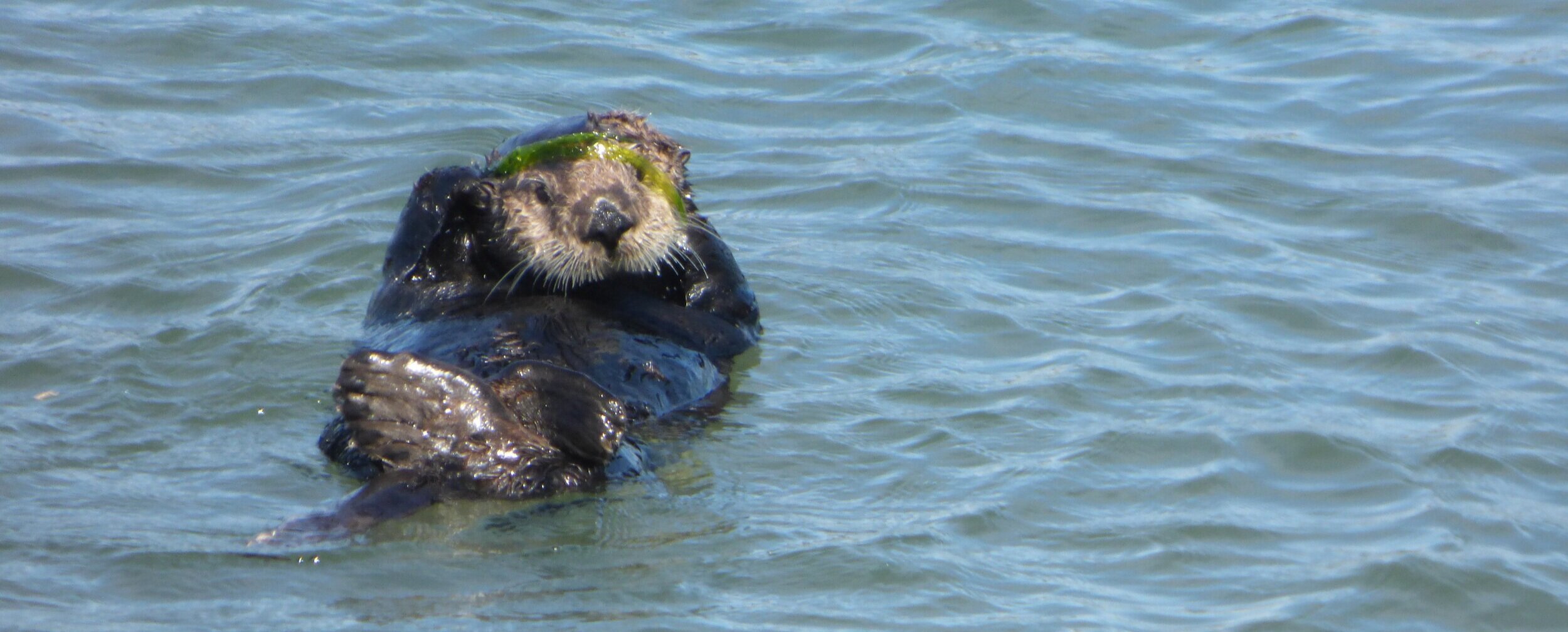Otters!
/Happy Friday! I’ve made it two weeks without talking about my favorite animals,otters. It is finally time for me to share about these incredibly cute, playful and ferocious creatures.
Otters belong to the Mustalid family with weasels, badgers, ferrets, and wolverines. Mos animals in this family group tend to have long bodies, round ears and thick fur. There are 13 species of otter around the world. We have 2 species native to this area: the North American River Otter and the Sea Otter.
North American River Otter
These otters can be found all over North America along rivers and other bodies of water. They even venture in to the Puget Sound and the Ocean. Like all otters, they are excellent swimmers, propelling themselves with their rudder-like tail and webbed feet. They are carnivores (meat-eaters) and eat pretty much whatever they can catch: fish, frogs, crabs, insects and even small mammals. They tend to live alone or in pairs but will often have playful social gatherings. Because of their playfulness, a group of river otter is called a “romp!” Although the North American River Otter is not endangered, their population has declined. The main threat they face is habitat destruction. As humans build, they loose their river habitat. They also only live along healthy waterways. Polluted water means less food and unsafe conditions for otters. It is important to protect them because as predators, they keep many populations of animals healthy.
Sea Otters
Sea Otters are found along the Pacific Coast. They once ranged from Mexico to Alaska and were also found on the coast of Japan. Because of their incredibly thick and soft fur, they were almost hunted to extinction. Since then, their population has risen a little because of conservation efforts. However, they are still endangered. Like River Otters, Sea Otters eat almost whatever they can get their hands on. Scientists have seen that different populations of Sea Otters have different food preferences based on where they live. They also are important for managing the population size of many animals. This, in turn, helps protect kelp forests because many otters eat animals that eat kelp, like sea urchins. Some otters eat so many sea urchins that their teeth turn a little purple! Because, Sea Otters play such an important role in keeping their habitat healthy, they are known as “keystone species.” This term refers to the top stone in an arch that holds an arch together. Without that “keystone” the whole arch would fall apart.
In an effort to not ramble about Sea Otters, here are a few of Katie’s favorite Sea Otter facts:
Sea otters need to eat 25% of their body weight every day.
They have the thickest fur of any mammal. Make an “OK” symbol with your hand. An area the size of the circle you thumb and pointer finger make may have up to a million hairs. Many humans only have 100,000 hairs on their whole head.
Otters are incredibly smart and with use rocks as tools to crack open shells. They may even have a favorite rock that they old in their armpit.
Sea otters spend a lot of time on their back and will “raft” up with others by holding hands or wrapping their bodies in kelp.
What is that mammal in the water?
It is often hard to tell which marine animal you are seeing in the water because you may only see head from a far distance. Kurt already taught us how to tell the difference between Harbor Seals and Sea Lions: http://www.soundviewcamp.com/nature-blog/2020/3/15/difference-between-seals-and-sea-lions
In comparison to the Pinnipeds, otters are much smaller. If you see one in the Puget Sound, it will be a river otter. Sea otters stick to the coast but have been seen in the Salish Sea, around the San Juan Islands. River otters also spend more time on land than sea otters. Sea Otters are visibly larger that River Otters. One last difference is that Sea Otters spend a lot of time floating on their backs where river otters only swim belly down.








